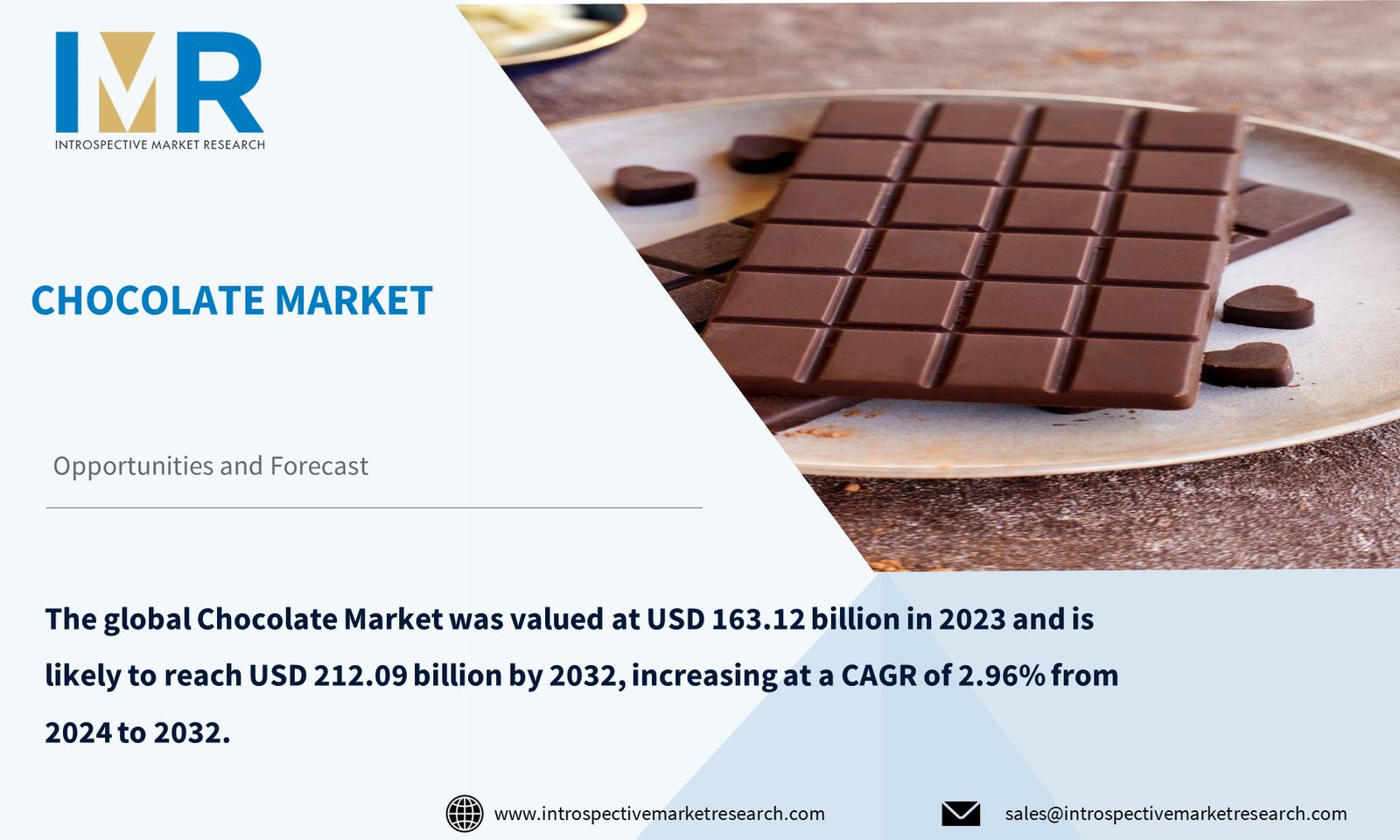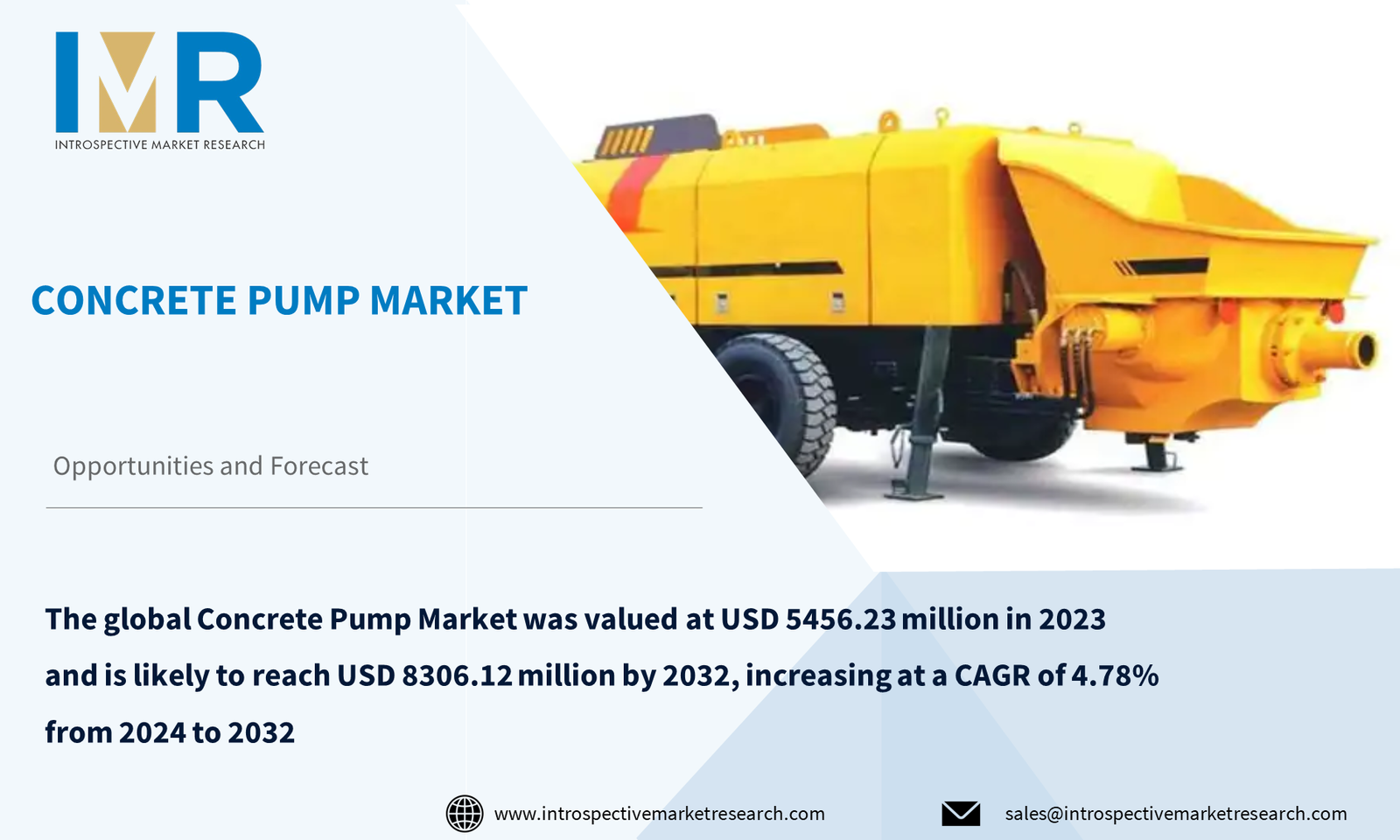Global Green Ammonia Market
According to a new report published by Introspective Market Research, titled, “Green Ammonia Market Technology and Application: Global Opportunity Analysis and Industry Forecast, 2024–2032,”
the Global Green Ammonia Market size was valued at USD 324.52 Million in 2023, and projected to reach USD 44765.99 Million by 2032, registering a CAGR of 72.88% from 2024 to 2032.
Green ammonia, or renewable ammonia, is a sustainable and emission-free option compared to traditional ammonia. Conventional production of ammonia, which depends on natural gas, releases around 2 tonnes of CO₂ for every tonne of ammonia, playing a major role in global carbon emissions. Renewable energy sources are used to create green ammonia, resulting in no CO₂ emissions being released in the production process.
Green ammonia, created by mixing green hydrogen with atmospheric nitrogen, is poised to transform the worldwide ammonia sector. It is utilized in agriculture, industrial chemicals, and as a means of storing and transporting hydrogen energy. Green ammonia has the potential to decrease carbon emissions in the shipping industry by serving as a fuel for ships. The goal of the EU's RePowerEU initiative is to boost renewable hydrogen and ammonia production by 2030 to achieve decarbonization goals, emphasizing the importance of green ammonia in the global shift towards sustainable energy.
Agricultural methods are moving towards sustainability to decrease the impact on the environment, with a focus on cutting down greenhouse gas emissions from conventional ammonia-based fertilizers. Green ammonia is a more environmentally friendly option that tackles these issues, as advancements in production technology are anticipated to reduce expenses and improve competitiveness compared to traditional ammonia. This move towards eco-friendly ammonia is in line with sustainability goals established by fertilizer producers and agricultural businesses, promoting market expansion and sustaining soil health and crop productivity in the long term.
The transition to sustainable energy sources has generated a demand for solutions in energy storage and transportation. Green ammonia, a carbon-neutral option, has the potential to store and transport renewable energy, providing possibilities across different sectors. It can also function as an emissions-reducing, carbon-free fuel in transportation industries. Furthermore, its application in the food processing sector for refrigeration and cold storage purposes contributes to environmental sustainability.
Global Green Ammonia Market, Segmentation
The Green Ammonia Market is segmented based on Technology and Application.
Technology:
Electrolysis allows for the creation of hydrogen, an essential component for green ammonia production. Alkaline water electrolyzers are utilized to produce hydrogen from sustainable sources, aiding in the efficient and effective production of green ammonia on a large scale.
Alkaline water electrolyzers are affordable and appealing for producing green ammonia on a large scale. Technology has reached a mature stage due to progress in design, materials, and process resulting in better performance, durability, and decreased maintenance requirements.
Application:
The Power Generation industry is using renewable sources of energy to create environmentally friendly ammonia, specifically emphasizing producing hydrogen through electrolysis. Global organizations are transitioning to sustainable energy to decrease carbon emissions, with green ammonia playing a crucial part in reducing emissions and fighting climate change.
Green ammonia is used as a storage medium for energy to efficiently utilize intermittent renewable energy sources. It is generated from surplus renewable energy and saved for future conversion into electricity. Due to its high energy density, green ammonia is an effective means of energy storage and transportation, leading to its growing market share in 2023.
Region:
European nations back green ammonia development by promoting renewable energy and decarbonization with instruments such as feed-in tariffs and subsidies. Using renewable energy installations like wind and solar sources allows for the production of green ammonia through electrolysis. Europe's industrial foundation and infrastructure back the production of green ammonia, which is used by the agricultural industry to decrease greenhouse gas emissions and endorse sustainability, leading to an increased need for environmentally friendly fertilizers.
Some of The Active Market Players Are-
- CF Industries Holdings, Inc (United States)
- BASF SE (Germany)
- Yara International ASA (Norway)
- Maire Tecnimont S.p.A. (Italy)
- ACME Group (India)
- Fertiglobe plc (United Arab Emirates)
- NEL Hydrogen (Norway)
- ThyssenKrupp AG (Germany)
- ITM Power (United Kingdom)
- Haldor Topsoe (Denmark)
- Green Hydrogen Systems (Denmark)
- Greenfield Nitrogen LLC (United States)
- Siemens (Germany)
- Amea Power (United Arab Emirates)
- Amp Energy (Canada), and Other Active Players.
Key Industry Developments
- In November 2023, Adani Power launched a green ammonia pilot for a decarbonization drive. Collaborating with Japan’s IHI Corporation and Kowa, the project pioneers co-founded up to 20% green ammonia in a 330 MW coal-fired unit, marking a significant stride towards sustainable energy practices in Gujarat.
- In May 2023, The Indian central government launched a new incentive scheme via the demand aggregation mode for the production of green hydrogen and green ammonia in the country. Under this National Green Hydrogen Mission, implementing or nodal agencies will aggregate demand and call for bids for the production and supply of green hydrogen and its derivatives at the lowest cost through a competitive selection process.
Key Findings of the Study
- Conventional ammonia fertilizers emit gases, green alternative reduces carbon footprint, addressing concerns.
- Increasing demand for energy storage/transportation solutions, driven by renewable energy shifts, creates opportunities for green ammonia.
- Electrolysis is essential for producing hydrogen, a key component in green ammonia production, using alkaline water electrolyzers.
- European nations promote renewable energy with feed-in tariffs, subsidies, and carbon pricing, fostering green ammonia usage for power.







